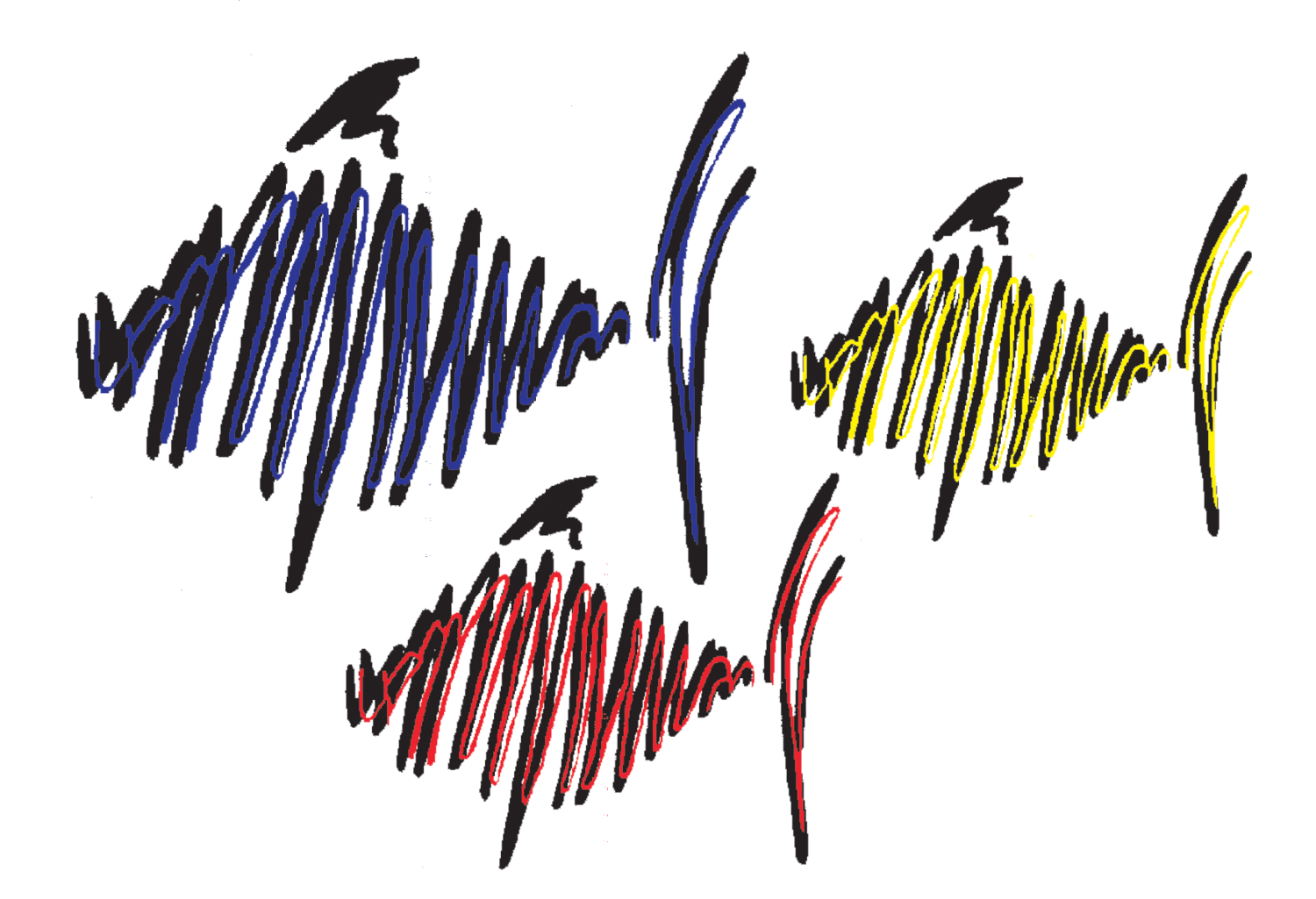The Montessori Method
WHAT AND WHO IS mONTESSORI
Maria Montessori (1872-1952) was the first woman in Italy to earn a medical degree. Early in her varied and extensive scientific studies she became fascinated with the learning potential of young children. After years of observation and research she formulated her theories of child development and designed specific didactic developmental aids for the children's use.
For the rest of her life Dr. Montessori developed methods to educate children to set free their personalities, to liberate their inner life of potentialities, within the context of coherent and unified educational philosophy and curriculum.
goals of a montessori classroom
Develop the child's love of learning
Guide children in their development
Inspire critical thinkers
Foster independence
Provide tools to help acquire skills
Stimulate growth and socialization
Facilitate cultural awareness
Provide an enriched experience
NORMALIZATION
Over a period of time the children will develop into a "normalized community." Montessori uses the term normalization to explain the transition from caterpillar to a butterfly. While moving through this process, each child will change from undisciplined to self-disciplined, from disordered to ordered, from distracted to focused, through work in their environment.
MULTI-AGE CLASSROOMS
The classrooms are multi-age, allowing the child a three-year cycle of development to acquire specific skills. In contrast to age/grade level classrooms where the child has one year to cover certain learning objectives, the Montessori classroom provides flexibility over three years. The areas that do not attract the child's interest this year may hold great fascination next year. The child can explore them whenever the interest arises, without ever being 'behind'. Children are, however, encouraged to choose materials from each area of the classroom, and are assessed according to developmentally appropriate benchmarks.
Multi-age classroom also enhances learning. The youngest children receive stimulation from the older children's activities before the younger ones even receive the lessons. And of course, they want to emulate the older children's progress. The older children, in turn, benefit from helping the younger ones. They reinforce their own knowledge by 'teaching' the younger children.
“It is necessary for the teacher to guide the child without letting him feel her presence too much, so that she may always be ready to supply the desired help, but may never be the obstacle between the child and his experience.”
teacher as the observer
The difference between traditional and the Montessori method of education is glaring when it comes to the role of the teacher. In a Montessori classroom her role is called the director.
Instead of being a dispenser of knowledge and an authoritarian figure, the Montessori director unobtrusively lays the groundwork for knowledge in the following ways:
Prepares the learning environment
Gives key presentations demonstrating qualities of various pieces of learning equipment (which are used to discover a concept)
Keeps accurate records on each child’s progress
Invites the child to explore his entire world
Is the catalyst to link the child to the didactic materials
Understands child psychology and physiology
Practices gentle restraint in interfering in a student’s work
Offers intelligent help when needed




